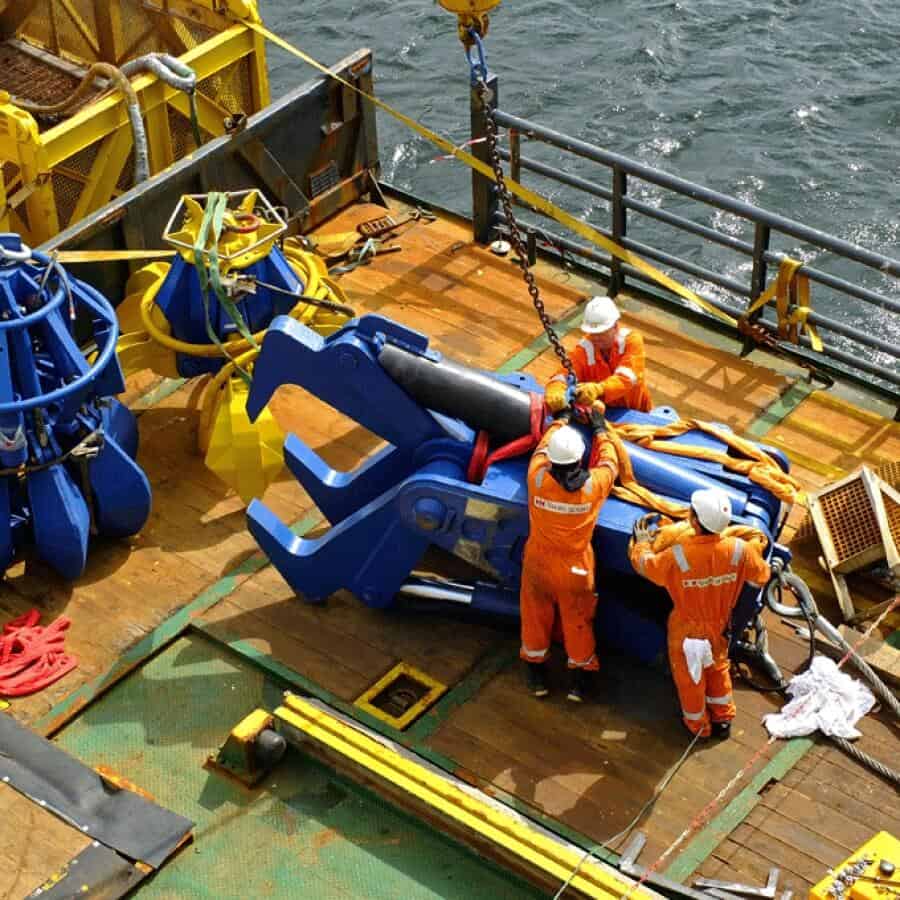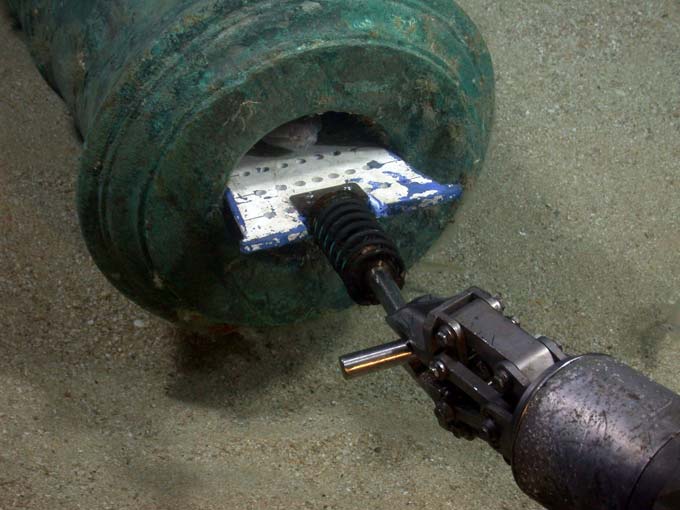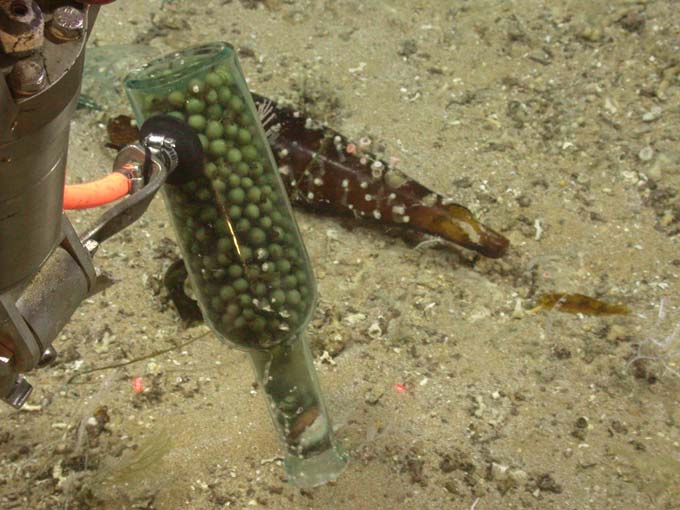Our previous interview with Mark Gordon was dedicated to the exciting world of shipwrecks, miles underwater. It offered an insight into the work of Odyssey Marine Exploration, their team, and the high-tech equipment they use. This second segment focuses on the Cultural Heritage Convention, the ownership of treasures that are discovered and where these treasures are to be found.
UNESCO estimates there are more than 300 million shipwrecks on the ocean floor. In your estimation, how many of these have been found thus far?
UNESCO only estimates that there are 3 million shipwrecks – and that is plenty to keep us busy. Our proprietary database contains nearly 8,000 targets and at least 100 meet our “high-value” criteria of $50 million or more worth of reported cargo on board. While tens of thousands of shipwrecks have been discovered around the world, there remain many more still to be discovered!
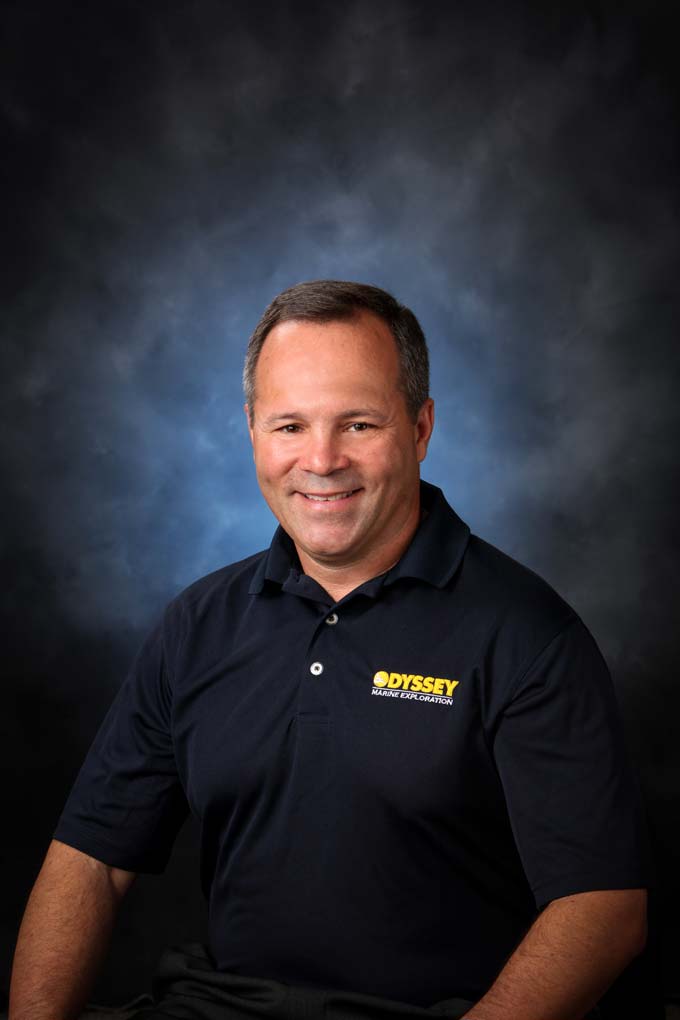
The CEO Of Odyssey Marine Exploration, Mark Gordon
What is the deepest that a human being can dive, and how do you reach depths below that?
Recreational divers are limited to about 39 meters depth and are mostly encouraged to stay at around 9-18 meters while learning the skill. With specialized equipment and in some cases breathing gas (i.e. hypoxic breathing gas) professional and technical divers can dive deeper – up to about 600 meters.
Remotely Operated Vehicles and Autonomous Underwater Vehicles are used to reach depths beyond the point humans can dive. For an example, our ROV CLIO can reach 6,000 meters. The other advantage to using a robot is that there is no limit to bottom time. A robot can operate underwater 24/7 if needed.
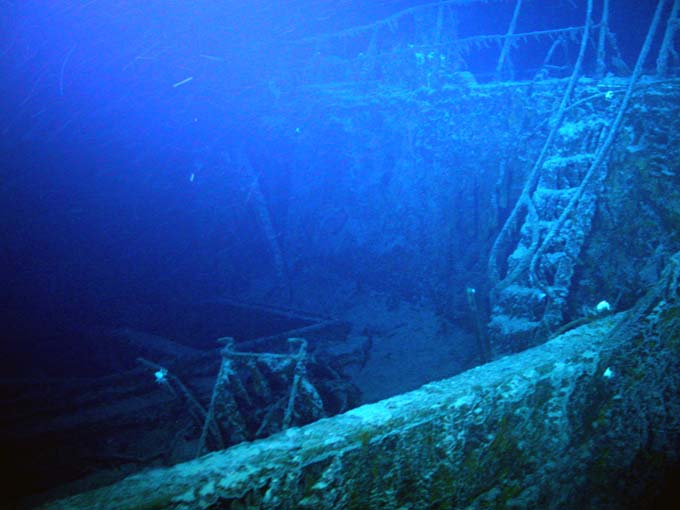
Gairsoppa stairs
How expensive is it to look for those treasures in the vastness of the oceans?
Depending on depth and location, operations run between $10-100 thousand US dollars a day. One of the first assessments we make when targeting a shipwreck is risk versus reward. We have to be able to obtain good locational data, know that there is a clear path to ownership, and that the ship carried a substantial and valuable cargo.
UNESCO, with its Protection of the Underwater Cultural Heritage Convention, has had its critics. Please tell us what this convention stands for, and would it at all be possible for most to finance searches and the studies that are conducted if it were mandatory to follow the convention?
Since this is a very complex topic, I am going to try to keep my answer as high level as possible. If you do want more information or insight, please let us know. For starters here is a paper that presents several viewpoints on the Convention by leading experts:
According to UNESCO, The Convention on the Protection of the Underwater Cultural Heritage (CPUCH), adopted in 2001, is intended to enable States to better protect their submerged cultural heritage. The UNESCO Convention does not impact operations conducted beyond the waters of any country that signs the Convention.
The great irony is that each country already has the capacity to protect their own cultural heritage to the extent that they feel it is appropriate. The UNESCO Convention does not enhance that ability at all – it only restricts the mechanisms that a country can employ to protect its own cultural heritage.
Odyssey is able to operate within the parameters proposed under CPUCH. We are dedicated to protecting the cultural heritage found in deep-ocean shipwrecks. Some opponents to our work cite the Convention and the fact that it requires shipwrecks to be left in situ. The actual text from CPUCH states, “In Situ Preservation as first option – The in situ preservation of underwater cultural heritage (i.e. in its original location on the seafloor) should be considered as the first option before allowing or engaging in any further activities. The recovery of objects may, however, be authorized for the purpose of making a significant contribution to the protection or knowledge of underwater cultural heritage.” It’s important not to misunderstand this complicated set of rules.
In reality, the deep ocean is neither calm nor safe. We have seen many sites destroyed by trawler’s nets and salvors using grab buckets. In addition, natural deterioration of the shipwreck sites continues even in the deep ocean. Shipworms still feast on hulls in 2,000 meters. Based on our extensive experience, in situ preservation of shipwrecks does not work for all sites at all times. Flexible approaches are unavoidable.
On a final note about financing offshore work – yes, it is very expensive. Unfortunately, many governments and academic institutions do not have budgets to fund work in the deep. Our private/public partnership is one realistic way to finance projects, share the interesting forgotten stories from shipwrecks, and to restore items that were always intended to be trade goods (i.e. coins) to the stream of commerce. We do not sell every artifact we discover on shipwrecks. We maintain a permanent collection of at least one example of each artifact and often dozens. We do not sell any rare items. Many of our finds go on display in museums around the world. We also maintain two exhibitions – the traveling exhibit SHIPWRECK! Pirates & Treasure and the permanent exhibit Pirates Treasure: A Shipwreck Museum in St. Thomas, USVI. We also host a virtual museum and a virtual dive trail for the HMS Victory site.
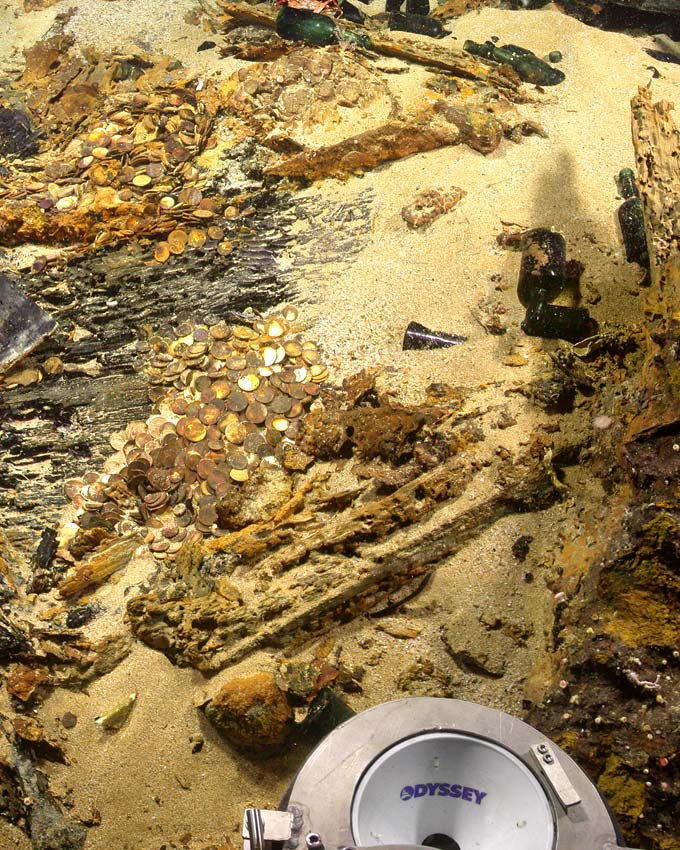
SS Republic In Situ Gold
Do recreational scuba and deep sea divers find treasures?
Yes! The ocean holds many treasures, and every dive allows you to potentially find something whether it’s an actual coin or a rare species of sea life. The ocean is filled with treasures. Some shipwreck treasures are even located on land by amateurs. Occasionally, metal detector hobbyists recover Spanish coins along the east coast of Florida from the 1715 Fleet ,which continue to this day to wash on to the beach after large storms.
What are the laws in different countries. Is it finders keepers, or do the finds have to be shared with the governments?
There are several factors that determine ownership of a shipwreck and its cargo. Where was the ship discovered? In territorial waters or international waters? Was the ship on a military mission when she sank? If yes, then she is protected by sovereign immunity. Generally, we prefer to work with any claimants prior to even finding a shipwreck.
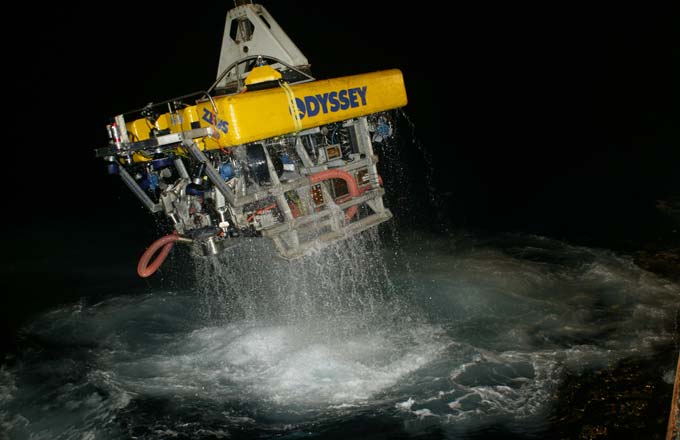
ZEUS at night
There must be many, what are the major dangers involved in deep sea exploration?
We pride ourselves for our track record in safety. This is accomplished by following safety procedures as well as partaking in safety drills off shore. We also have protocols in place to prevent piracy, which is still a very real threat in certain parts of the world.
What about family life? Does your team work away from home for long periods?
Although it can be very grueling working offshore, it is also a flexible job. While working offshore, typically our team works 30 day rotations. It is common for a member of the marine operations team to work for 30 days (12 hours each day) straight and then be home for 30 days or longer if he or she chooses. Most ships are equipped with wifi which allows our team to stay connected to their loved ones even when they are miles offshore.
Measuring 42pndr
Scientists are now talking of exploring for minerals in space? How is your company positioned on this?
It is possible there are much-needed resources in space. However, we believe there are vast deep-ocean mineral resources that can be explored. Resources in the ocean can be explored more economically and faster than those in outer space.
Gooseberries
Our readership is mainly comprised of youth in different parts of the world. For those who are interested in making a career out of being treasure hunters, what would be your view on the studies they could focus on?
We would encourage any youth to find their passion and pursue it whole-heartedly.
We employ a wide range of experts from all over the world in many different specialities.
If you are interested in the history of shipwrecks, the people and artifacts, studying archaeology, anthroplogy, or history are all great choices. If you are interested in offshore work, then a degree in marine/underwater studies, engineering, or technology is something you’d want to look into. You will also need a technical degree or certification for any equipment operations.
Our readers also look to high achievers such as you for inspiration. A word of advice for them?
I highly recommend that you pursue a career in something that you are passionate about. I have often heard it said that if you can make a career doing something that you are passionate about, you will never „work“ another day in your life. Having spent the past 13 years making my career at Odyssey Marine Exploration, I now fully realize the truth of this wisdom.
I’d also like to share an inspirational quote from Mark Twain which has served as my motivation to pursue my career in ocean exploration:
“Twenty years from now you will be more disappointed by the things that you didn’t do than by the ones you did do. So throw off the bowlines. Sail away from the safe harbor. Catch the trade winds in your sails. Explore. Dream. Discover.”
Photos: Odyssey Marine Exploration
Support us!
All your donations will be used to pay the magazine’s journalists and to support the ongoing costs of maintaining the site.
Share this post
Interested in co-operating with us?
We are open to co-operation from writers and businesses alike. You can reach us on our email at [email protected]/[email protected] and we will get back to you as quick as we can.
